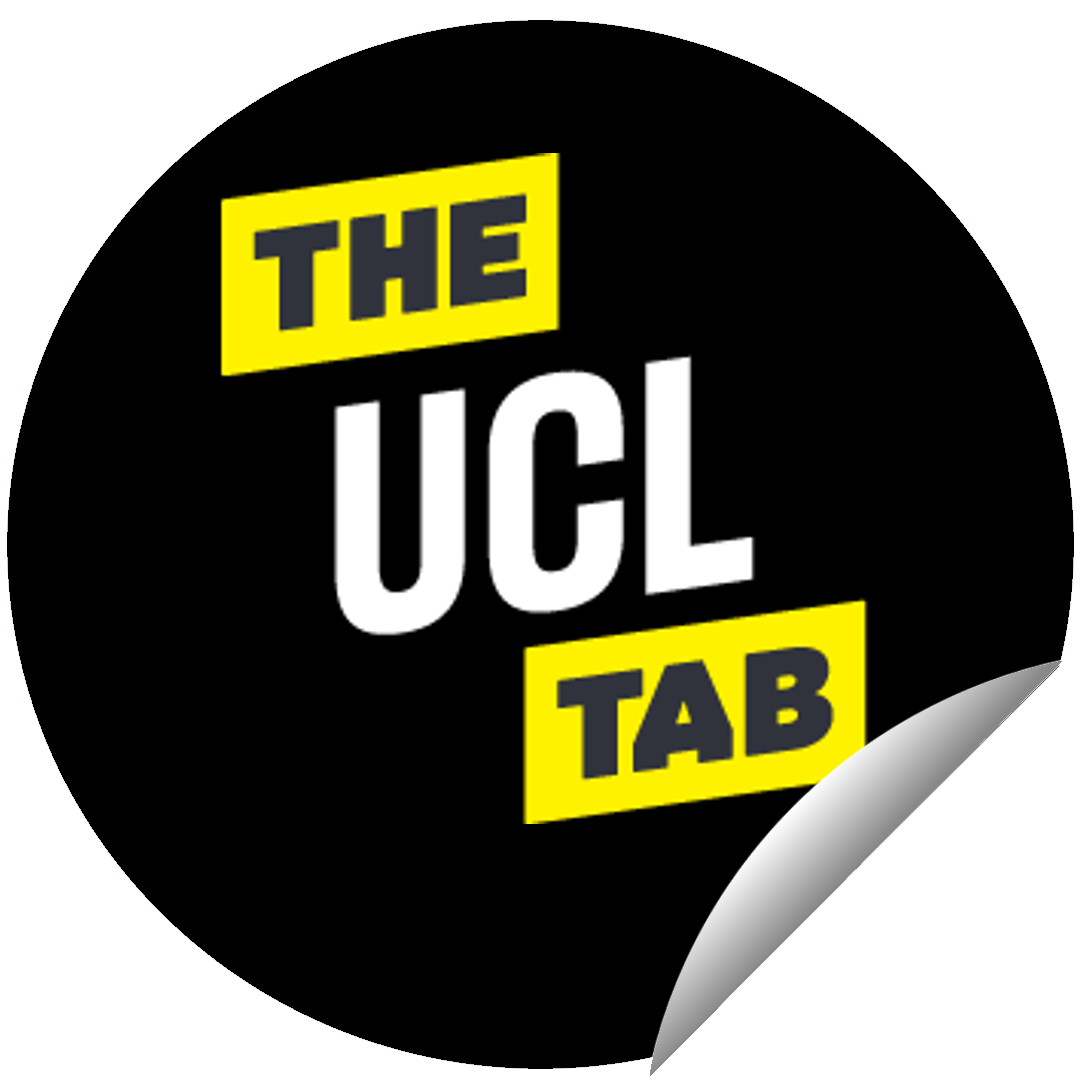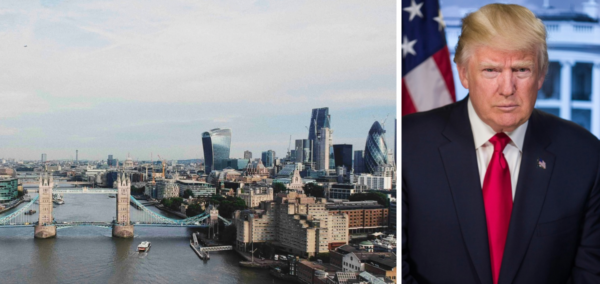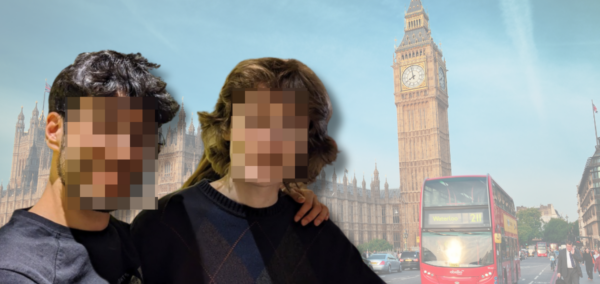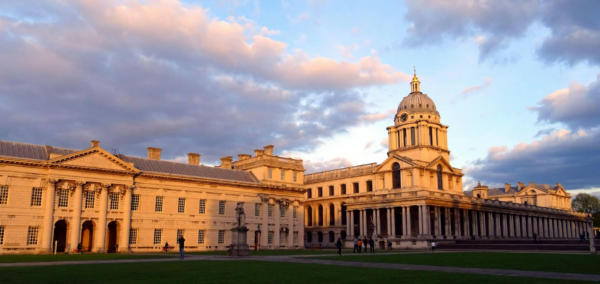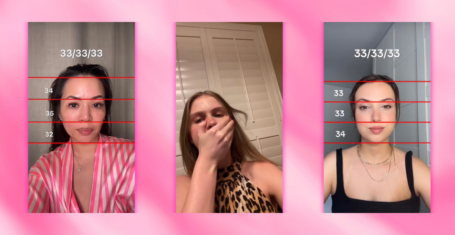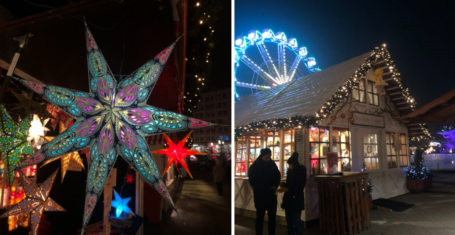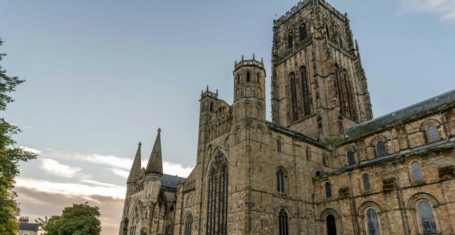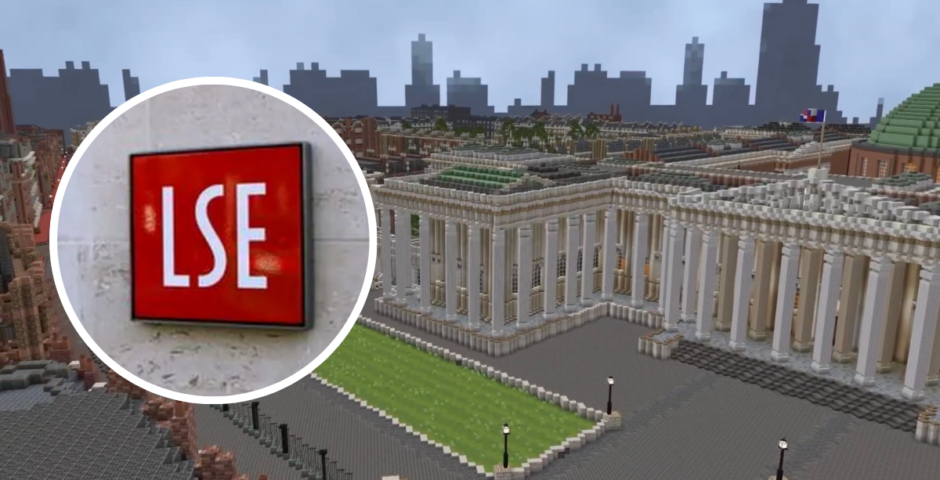
LSE and Lancaster University create Victorian London on Minecraft
Players begin their adventure in the modern day LSE Library
Researchers from LSE and Lancaster University have recreated Victorian London in the form of a Minecraft world build.
Called “Charles Booth’s London”, the world was built in collaboration with Minecraft design company Blockworks using Charles Booth’s famous Poverty Map. The original map is currently stored at the LSE library.
The revolutionary map colour-codes London according to the income and social class of the street’s inhabitants, the BBC reports.
Revealing the extent of poverty in Victorian London, it led to a number of social reforms, including the development of the UK’s welfare state.
LSE students will recognise the area where the adventure begins as the modern day university library, from which players are transported to the past, when it was known as King’s College Hospital.
From there, six different “walks” introduce you to a number of quests that bring the Victorian world to life. These include catching thieves in Seven Dials Market, clearing sewers in Bedford Square, shopping in Covent Garden, or the Victorian classic- sweeping chimneys. Who isn’t curious what their walk to uni might have looked like in 1886?
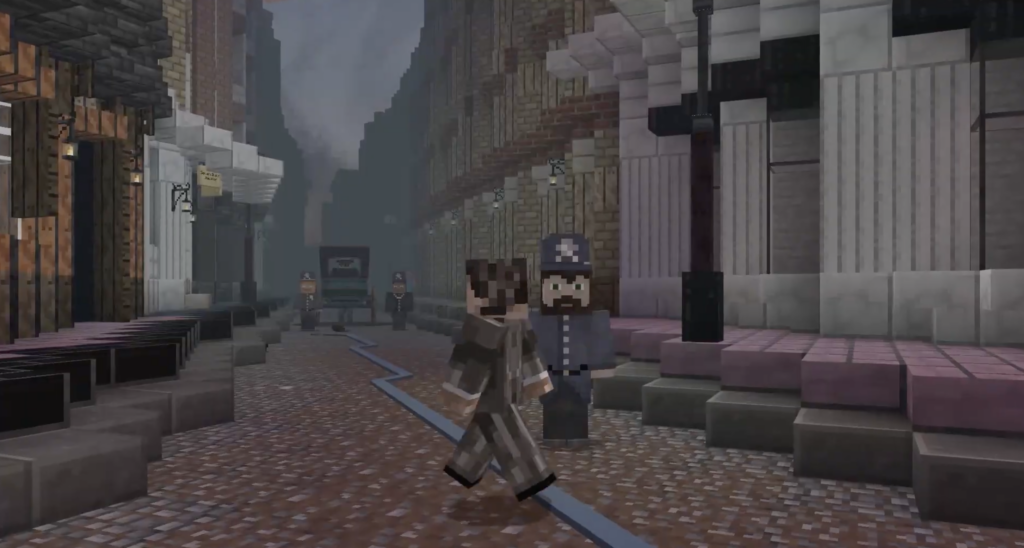
via YouTube
In order to make the world realistic, a team of 15 professional Minecraft builders and two academics invented more than 1,000 new blocks and textures with help from 2,000 pages of notes taken by Charles Booth’s assistant, George Duckworth, on the appearance of London’s streets.
Professor Sally Bushell, one of the Lancaster University academics on the team, explained her interest in the project: “The LSE world build was a fascinating one to make because it was so closely linked to the Booth Archive.
“I really enjoyed reading and mapping out the original walks in the notebooks held at LSE and then bringing them to life. ”
Most Read
Comprising over 45 million blocks, the world took two years to develop.
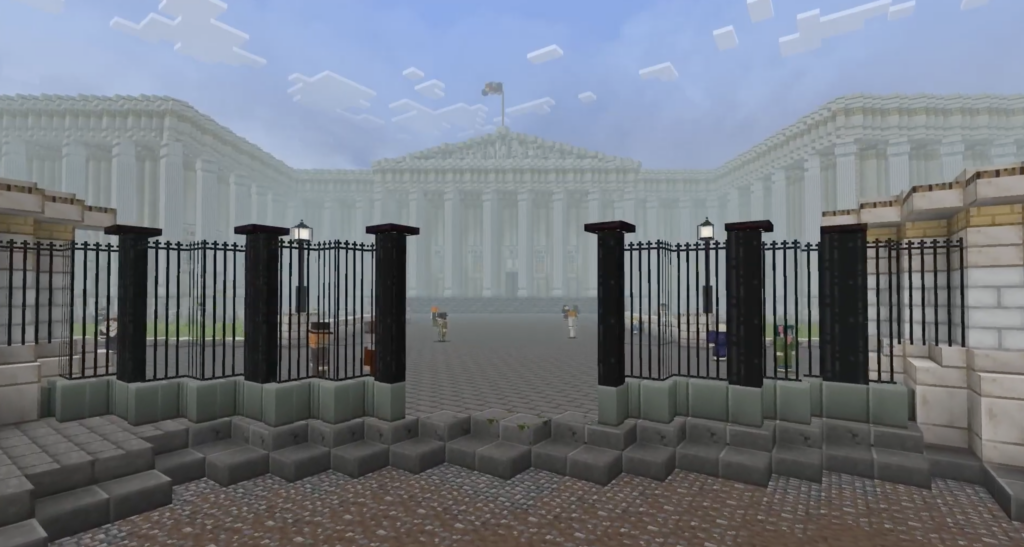
via YouTube
The game also gives players the chance to meet contemporary celebrities, with over 200 interactive characters on the map. This includes Beatrice Webb, who played a vital role as one of the first members of Charles Booth’s research team. She became a prominent social campaigner who went on to co-found LSE with her husband, Sidney Webb, in 1895.
A statement on LSE’s website from Beth Clark, LSE Library’s associate director, said: “LSE’s motto and founding purpose is about understanding the causes of things for the betterment of society. It seems very fitting, therefore, that we are able to share such a fantastic educational resource while celebrating our 130th anniversary.”
Featured image via YouTube/Google Maps

